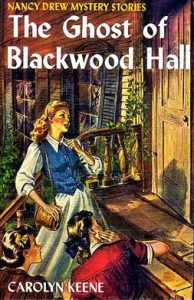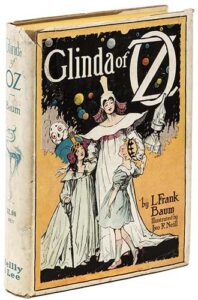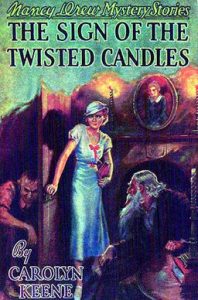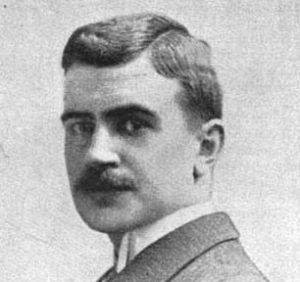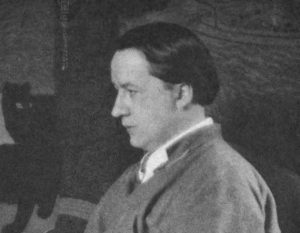Sewell, Anna – British author, 1820-1878
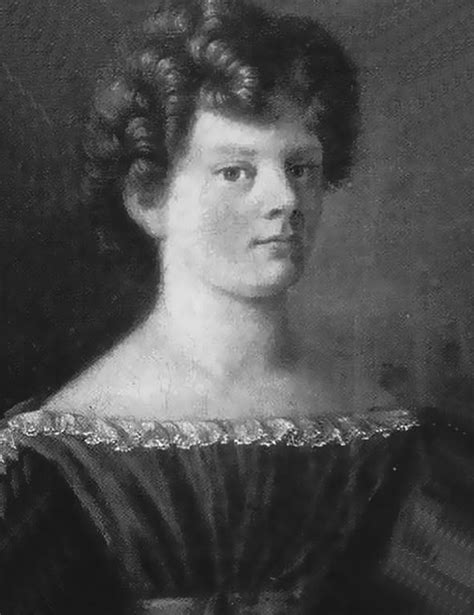
British author, 1820-1878. Anna Sewell stayed at home for much of her life, but her only book, Black Beauty, traveled, throughout the world. Since its publication in 1877, a year before Anna Sewell’s death, this account in the first person of the ups and downs of a horse’s life has fueled the fervor of animal rights activists and inspired numerous filmmakers, including Thomas Edison, and illustrators, such as Charles Keeping and Susan Jeffers. At one time the book was reputed—truthfully or not-—to have a distribution second only to that of the Bible.
Such a distinction might have overwhelmed its unpretentious Quaker author. A fall during a rainstorm left fourteen-year-old Sewell with a sprained ankle that never quite healed. She could never afterward walk very far, but she could drive her parents’ carriage, and presumably on those drives she witnessed the cruelties about which she later wrote. Confined to her couch for the last six years of her life, Sewell created a new breed of animal stories—of which Canadian writer Margaret Marshall Saunders’s sentimental dog story, Beautiful Joe (1894) is a direct descendant—that treated animals as animals instead of as stand-ins for humans or human vices.
She set out to show that a horse would work harder in response to kindness than in response to abuse. Black Beauty changes hands several times during the course of the novel, and some of his owners don’t share Sewell’s conviction. They make him haul excessively heavy loads and hold his head up unnaturally high for hours, causing his neck to stiffen and his mouth to foam. He hears another horse tell how his owner ordered his tail cut off because it was “the fashion,” rendering him permanently unable to swat the flies off his back. Most of the cruelty in Black Beauty is inflicted by those under the influence of fashion or excessive drink.
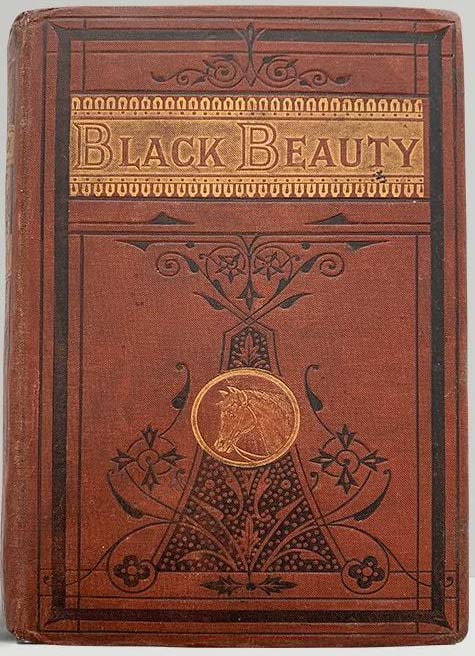
Some have felt that Sewell’s preaching fatally flaws her narrative. The stable man who ruins Black Beauty’s knees—and gets himself killed in the process—would have been a model horseman if not for the drinking bouts that transformed him into “a disgrace to himself, a terror to his wife, and a nuisance to all that had to do with him.” Those who are model horsemen are model in every respect. Black Beauty records faithfully how they dote on their families, keep the Sabbath holy, and speak out whenever they see someone (most likely a drunkard) mistreating a horse.
Yet sturdier than Sewell’s soapbox, thankfully, is the empathy she demonstrates and evokes for her equine characters, an empathy that has raised her “little book,” as she once dubbed it, to the stature of a classic. Because Sewell’s careful descriptions let readers feel the bit tearing into Black Beauty’s mouth or the chills caused by a stable boy who doesn’t know enough to throw blankets on an overheated horse, the book made a real difference in the treatment of horses in Europe and America. The founder of the Massachusetts Society for the Prevention of Cruelty to Animals, George T. Angell, promoted the book’s distribution and used its emotional impact to lobby for U.S. laws against the mistreatment of horses.
No longer needed as a tool of propaganda, Black Beauty still captivates children today through its strong story and characters, as publishers continue to reprint it in new, often adapted, editions. It has succeeded far beyond Sewell’s modest goal of making men treat horses with a little compassion.
C.M.H.
Source: Children’s Books and their Creators, Anita Silvey.





